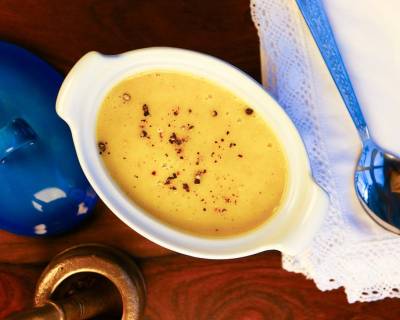Squash are the harvest of winter and comes in various shapes and sizes. The squash are roasted, baked, cubed, pan fried, grated or pureed and used in various recipes. Soups and curries made with squash goes into main course. Lot of squash also is used to make pies, gnocchi & risotto. Salads, soups, burritos and quesadillas can be completed with squashes. It gives a silky and creamy texture to most dishes it is combined into.
The rind of the squash is the edible part of the vegetable. Majority of the squash varieties has edible seeds and some of them even have an edible skin. Zucchini, Pumpkin, Chayote, silk squash, winter squash, acorn squash are all the various species of squash. Squashes also are enchanted with a lot of health benefits, irrespective of their variety in shapes-sizes and colour. Including squash often in our diet has many health benefits.
Health Benefits of Squash
- Squash in general are high in vitamin A. Vitamin A aids in maintenance of proper vision. It also helps in reducing the lung cancer probability for people who smoke cigarettes.
- Trace elements like calcium, manganese, magnesium, and vitamin B complex et al help in maintenance of a healthy blood circulation in body.
- Folate in the squash reduce risk of complication during pregnancy. Folate is one of the essential vitamin required especially for women.
- Antioxidants have a high presence in squash and are responsible for eating up free radicals which lead to ageing and death of cell if not controlled.
- Squash are high in fibre. Especially pectin help in maintaining normal blood sugar.
- Some species of squash have hard coated seed within but most of the squash seeds are either edible directly or after the outer husk is removed. These seeds have antibacterial and an anti-parasitic property which controls tapeworm and other intestinal parasites and colon infections.
- Effect on blood - Iron and copper in squash help in ample blood circulation and potassium in it reduces pressure on blood by easing the flow. Since squash tends to bring down blood pressure naturally, they need to be eaten less often by folks affected with low blood pressure, or combine it with high sodium ingredients when whipping up recipes for persons with hypotension.
Here is a glimpse at what are the different kinds of recipes that you can put the squashes to create menus. Squashes can be sneaked into doing snacks, appetizers, side dish and also main course and desserts.




















